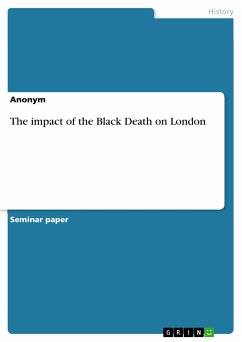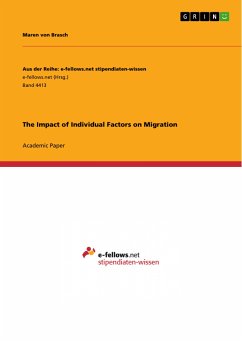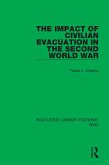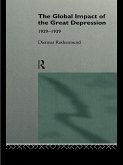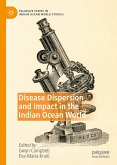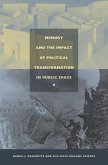Seminar paper from the year 2021 in the subject History - Miscellaneous, grade: 1,0, , language: English, abstract: The Black Death, the plague pandemic that killed 25 to 75 per cent of Europeans from 1346 to 1353, was the deadliest pandemic recorded in history. Today, almost 700 years later, we are in the midst of the global SARS-CoV-2 pandemic that has disrupted our everyday lives in almost every aspect. Having killed millions of people and infected hundreds of millions more, it will most likely deeply affect our society, economy, and culture, just like the Plague caused long-term cultural and social transformations. Like the Pestilence, the Covid-19 pandemic was an unexpected catastrophe that originated in East Asia and was brought to Europe through Italy. Of course, there are differences, like the total world population, the characteristics of the disease, the civilisational conditions and medical knowledge. However, despite an immense scientific, socio-economic and mental gap, there are still many similarities in the consequences of the disease. There are profound effects on the global economy, culture, and mobility of the Middle Ages and today. The economic activity of businesses and companies, travel, cultural events, and personal relations are all limited. These extreme changes have significantly impacted our way of life, attitudes, and behaviours. Even human reactions are similar in some ways. We can compare the psychological effect of living reckless, immoral lives in the 14th century to the so-called 'corona parties' of 2021. The Great Mortality had intense effects on medieval Europe, including London, where it was particularly disastrous and claimed tens of thousands of lives. That is why the city serves as an exceptional example of the pandemic's consequences on all the various areas of medieval life. This paper examines the impact of the Black Death on London by first establishing an understanding of the plague, its origins, and its spread to the city. Then, it will portray the impact in a series of selected examples: the decrease in population, psychological, religious, and medical effects. Finally, the most important results are going to be summarised in the conclusion.
Dieser Download kann aus rechtlichen Gründen nur mit Rechnungsadresse in A, B, BG, CY, CZ, D, DK, EW, E, FIN, F, GR, HR, H, IRL, I, LT, L, LR, M, NL, PL, P, R, S, SLO, SK ausgeliefert werden.

